"Emla" for bikini hair removal
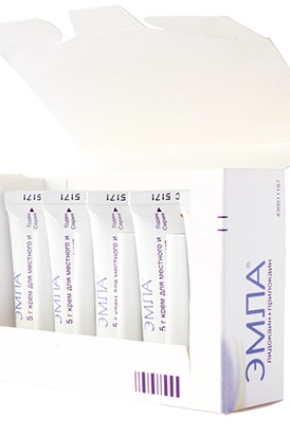
Today, there are many ways to help get rid of unwanted hair on the body. All of them are united under the general concepts of "epilation" and "depilation", which are often misused in relation to one or another method.
Epilation and depilation - what's the difference?
Depilation is a simple method of removing the visible part of the hair (rod), the same structures that lie in the thickness of the skin remain intact, so the hair grows back quickly. Examples of depilation include shaving and the use of various creams and ointments to remove hair. The chemical components that make up their composition change the structure of the hair, deprive the core of the keratin frame and soften it. Due to this, unnecessary vegetation is easily removed from the surface of the skin, while the root and hair follicle do not suffer.
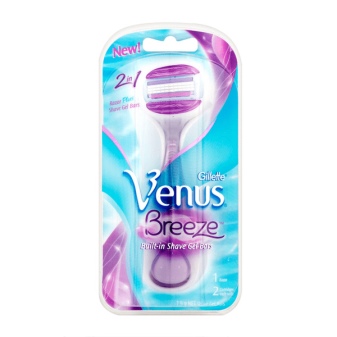

Epilation is a method in which the vegetation is either removed from the root, or the removal occurs until the hair follicle is broken, so new hairs grow much more slowly. The most famous methods of hair removal:
- laser;
- Photoepilation;
- ultrasonic method;
- Hair removal by sugaring;
- wax;
- Enzymatic.
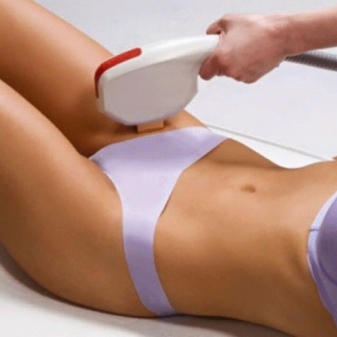
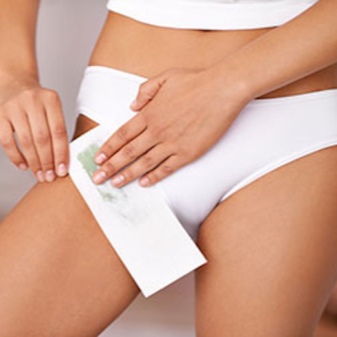
Of course, in comparison with depilation, epilation is more effective, however, it is also unable to solve the problem of “extra” hair forever. The fact is that only those hairs that are in the active growth phase can be removed, but in the life cycle of the hair follicle there is also a transitional phase and a resting phase. These periods do not coincide in different follicles, so the total number of hairs remains approximately the same.
It is clear that regardless of the chosen method of hair removal, the procedure will have to be carried out repeatedly, and this is quite painful, especially in the sensitive areas of the armpits and bikini. In this case, local painkillers will come to your aid, which will make the process of hair removal more comfortable.

Cream "Emla", its properties and application
Two active components of the drug - anesthetics lidocaine and prilocaine, 25 mg each in 1 g of cream. Due to varying degrees of absorption, these substances complement and enhance each other's action, therefore, according to the analgesic effect, "Emla"significantly surpasses all other non-injectable drugs with a similar effect. Well, the fact that a good result is achieved not by increasing the number of active substances, but by using their qualities, significantly reduces the likelihood of possible side effects. Due to this, the cream is successfully used in children from birth, short-term use is possible during pregnancy and during breastfeeding it can also be used.
Emla is used in adults and children in all cases where superficial anesthesia is required during any painful medical procedures.
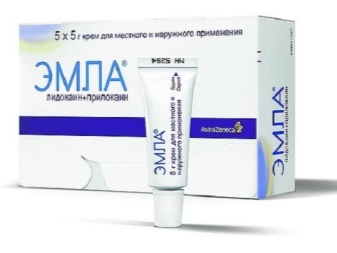

However, the scope of the cream is not limited to the medical field.
At a concentration of more than 2% (2.5% in Emla), lidocaine and prilocaine have an antibacterial and antiviral effect, and castor oil, which is in the composition, has softening and moisturizing properties. All this makes Emla indispensable for epilation or bikini depilation. The cream will help you easily transfer such procedures as tattooing and piercing, painful subcutaneous cosmetic injections. We can say that this is a real find for people with a low pain threshold.
Duration of action
The degree of anesthesia and its duration directly depends on the amount of cream applied and the time it will be on the skin. When applied for an hour, a loss of sensitivity to a depth of 2 mm is achieved, and within 2 hours, 3 mm, respectively. The analgesic effect at the same time lasts for two hours, which allows anesthesia at home in advance before the depilation procedure.
The duration of anesthesia and its quality are the same for different ages and do not depend on skin color.
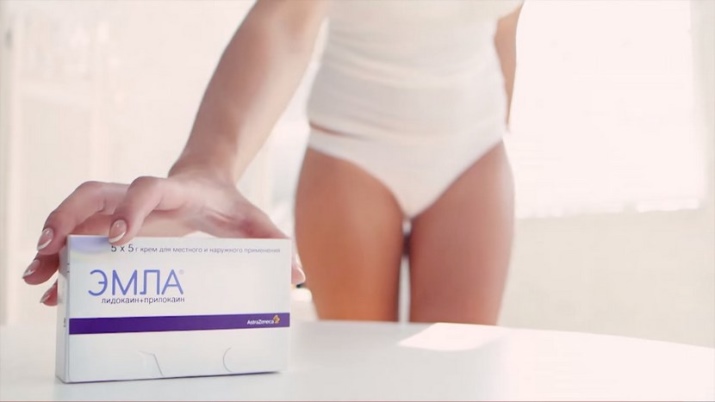
Features, adverse reactions and contraindications
"Emla" affects the superficial vessels of the skin, which is manifested by blanching or, conversely, a slight reddening of the treated surface, a slight burning sensation or warmth in the first minutes of application. Such phenomena are temporary and usually pass quickly on their own.
If the unpleasant symptoms that appear do not disappear, but, on the contrary, increase, you should not endure it. Phenomena such as pain, severe itching, swelling and irritation of the skin indicate the development of an allergy. The cream must be removed immediately, the residues should be washed off with water.
Cream "Emla" can not be used in cases of:
- Allergies to the components of the drug;
- Any skin lesions (dermatitis, herpes) and open wounds, except for trophic ulcers, as well as injuries at the site of application;
- Methemoglobinemia.

It is undesirable to apply the drug:
- On the area around the eyes due to possible irritation and damage to the cornea. In case of contact with the eyes, they must be rinsed immediately with water;
- In the auricle due to the risk of getting into the middle ear.
Be sure to consult your doctor before using Emla if you have any serious illnesses and are taking any medications.
Instructions for use before epilation
- Get enough cream. Emla is available in packs containing five 5g cream tubes and large 30g packs. One 5g tube is enough to treat 25 square meters of skin. see Thus, for high-quality anesthesia, for example, when shugaring a deep bikini, you will need two such tubes, and one for a classic one.
- Carry out a sensitivity test on a small area of skin.
- Apply the cream to the area to be anesthetized. The drug must be applied in a thick layer, evenly, without gaps, otherwise the anesthesia will be incomplete.


- The area covered with cream must be covered with a special sticker, which is sold with the preparation. This will ensure a more complete penetration of anesthetics into the skin and enhance the effect. If there is no sticker or the size of the treated area is larger, you can get by with ordinary cling film. For example, when epilating the bikini area, it is recommended to cover the treated surface with cling film and wear tight panties.
- Wait one hour. This is usually enough to block the sensitivity for the time needed to perform the epilation.If the result does not satisfy you, next time you can increase the application time to two hours.
- Remove the sticker or film and blot the remnants of the product with a napkin. It is important that no traces of the cream remain on the skin. This is important when performing procedures with the technique of capturing hair with a sticky substance (during shugaring, waxing), then the hair will not stick well to the mass and the procedure will be delayed.

What drugs can replace Emla cream?
The cost of the drug "Emla" is quite high, and if it does not suit you for this, you can try to replace it with cheaper analogues. However, this term cannot be considered correct, since Emla substitutes differ from the latter in composition and quality characteristics.
In this case, you should pay attention only to the means that are used for anesthesia and correspond to the Emla cream according to the pharmacological group (drugs for local anesthesia):
- Spray Lidocaine 10%;
- Versatis (lidocaine patch);
- Cathejel (gel for anesthesia of mucous membranes based on lidocaine);
- Dentinox gel 10% (used in dentistry for toothache);
- Lidocaine and ultracaine (injectable anesthetics).

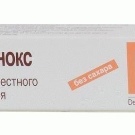
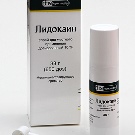
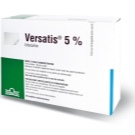

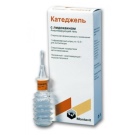
An experienced cosmetologist will tell you which one is more suitable and how best to carry out the anesthesia procedure.
The light dep cosmetic cream that appeared not so long ago contains the Anestoderm complex, which includes anesthetics lidocaine, prilocaine and tetracaine. Among the auxiliary components there is castor oil. In composition, action and application, it is similar to the Emla drug, but it is not sold in pharmacies, and you can buy it only from official representatives of the NNPTSTO.
Reviews
Emla is popular among consumers as an effective pain reliever for many salon procedures. Thanks to this drug, negative emotions from epilation of intimate areas remain in the past. At the same time, many are not satisfied with the rather high price and high consumption of the drug. There are also negative assessments of the quality of anesthesia, sometimes there are complaints about allergies.

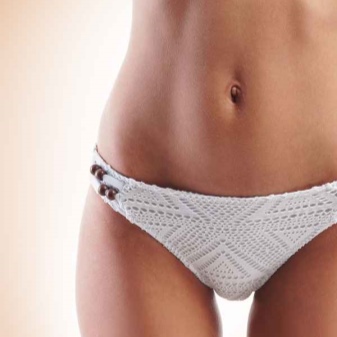
Despite the general, each organism has its own characteristics, different susceptibility to pain and drugs, and like any drug, someone may be allergic to Emla cream. By the way, the instructions indicate possible sensitivity reactions and their frequency. As for insufficient anesthesia, it can be assumed that in this case:
- Not enough cream was applied to the surface of the skin;
- The surface treated with cream was not covered with an occlusive film;
- Perhaps (due to the low pain threshold) the time for applying the cream on the skin should have been increased to 2 hours (according to the instructions, the maximum allowable application time is 5 hours).
Emla is a quality proven drug. Choose the right painkiller, and then bikini hair removal will no longer be a burdensome duty.
Pain relief during bikini epilation with Emla cream - in the next video.






















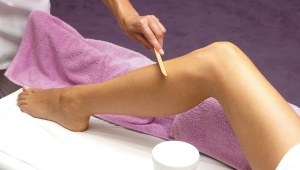





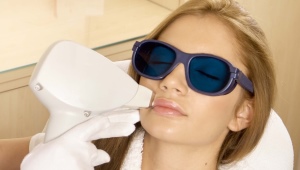
Yes, I know such a cream: excellent, as for me. I always take it with me for all cosmetic procedures like biorevitalization, it does not hurt with it. Only a thick layer should be applied. I once missed a small area, immediately the effect was not the same, I twitched later, the main thing is not to rush and smear thoroughly.